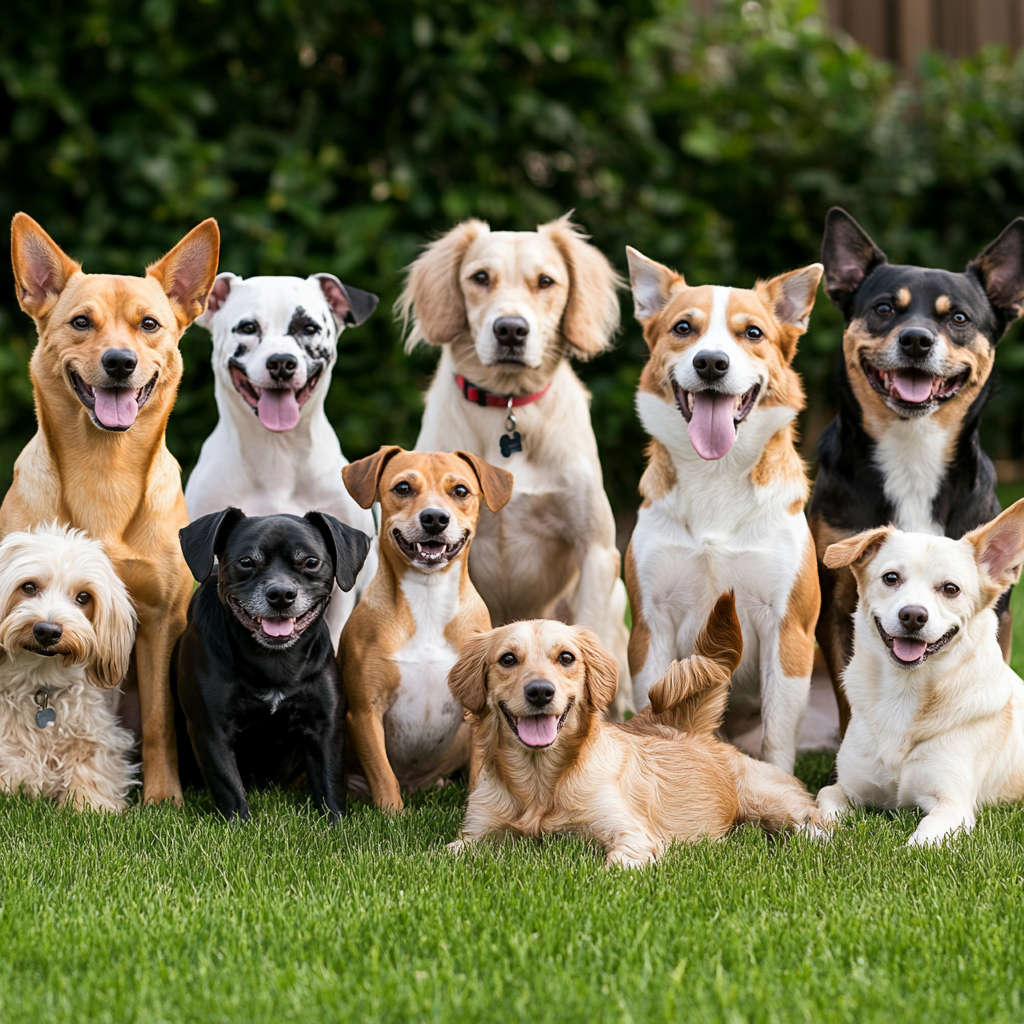Understanding dog body language can feel like cracking a secret code. But once you learn the signals, you’ll communicate better with your furry friend, avoid misunderstandings, and deepen your bond. Whether you’re a new dog parent or a seasoned pet lover, reading your dog’s body language can reveal exactly what they’re feeling—without a single bark.
Table of Contents
What Is Dog Body Language?
Dog body language is a collection of signals—postures, movements, facial expressions, and vocalizations—that dogs use to communicate. Unlike humans, dogs can’t express their emotions in words, so they “speak” through their tails, ears, eyes, and overall body posture.
Common Dog Body Language Signals and What They Mean
Here are some key signs and what your pup might be trying to tell you:
1. Tail Position
Wagging fast and high: Excitement or happiness.
Wagging low and slow: Unsure or submissive.
Tail tucked between legs: Fear or anxiety.
Tail held stiff and upright: Alert or feeling dominant.
2. Ears
Perked forward: Curious or interested.
Flattened back: Nervous or submissive.
Neutral position: Relaxed and content.
3. Eyes
Soft, blinking eyes: Calm and trusting.
Wide open, showing whites (“whale eyes”): Scared or uncomfortable.
Avoiding eye contact: Submission or fear.
4. Posture
Loose, wiggly body: Friendly and relaxed.
Stiff, frozen posture: Alert, scared, or potentially aggressive.
Crouching or lowering body: Submissive or fearful.
5. Mouth
Open with relaxed tongue: Happy or playful.
Closed mouth, tight lips: Alert or tense.
Growling or baring teeth: Warning to back off.
Why Understanding Dog Body Language Matters
Reading your dog’s signals helps you:
Prevent aggressive behavior before it escalates.
Identify stress, fear, or discomfort early on.
Build trust and strengthen your bond.
Improve training and socialization efforts.
FAQs About Dog Body Language
How can I tell if my dog is scared or anxious?
Look for signs like a tucked tail, flattened ears, lip licking, yawning (when not tired), or avoiding eye contact. These are classic signals of stress.
Is tail wagging always a sign of happiness?
Nope! While a wagging tail can mean excitement, the position and speed of the wag are key. A high, stiff wag might signal tension or aggression.
Why does my dog yawn when I pet them?
Yawning can be a calming signal, not just tiredness. Your dog may be trying to ease tension or show they’re feeling uncertain.
What should I do if my dog shows signs of fear or aggression?
Stay calm and give your dog space. Don’t punish them—this can increase fear. Instead, remove them from the situation and consult a professional if it’s recurring.
Conclusion
Your dog is talking to you all the time—they just don’t use words. Learning to understand dog body language isn’t just about avoiding bad behavior; it’s about truly connecting with your companion. When you can read the signs, you’ll know when your pup is happy, scared, or just needs a little space.
Helpful Notes
Observe your dog in different environments to better understand their natural signals.
Context matters—a wagging tail at the park may mean joy, but in a vet’s office, it might mean anxiety.
Every dog is unique; learn your dog’s language, not just general signs.






